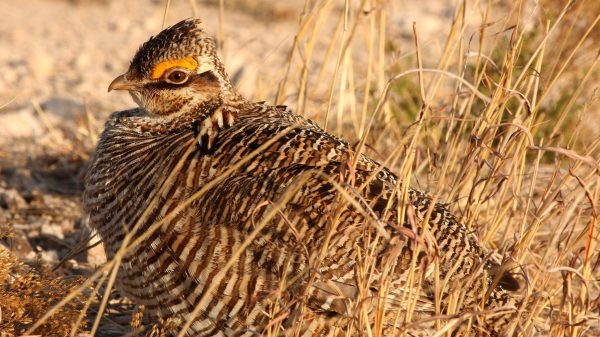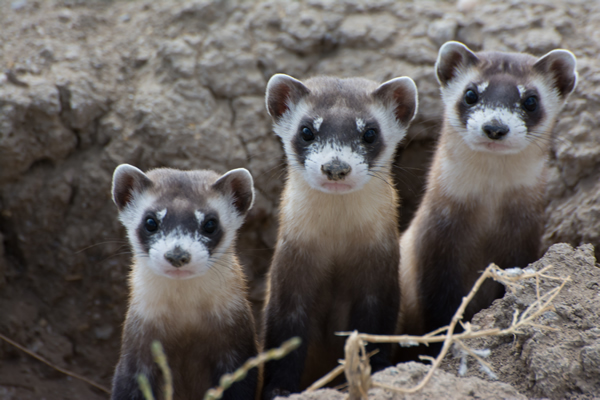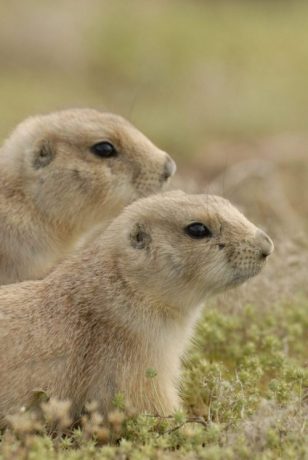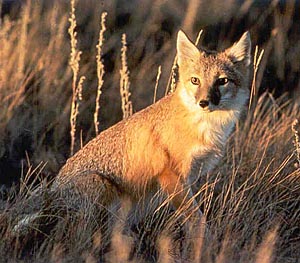Western Grasslands Initiative
The mission of the Western Grassland Initiative is to serve as the primary contributor to the implementation of conservation and management actions, through partnerships and cooperative efforts, resulting in improved species status, grassland habitats, and recreational opportunities for grassland dependent species across North America.
Background
It is estimated the Great Plains and desert grasslands once covered over 500 million acres stretching between Canada, Mexico and the United States. Nearly 200 wildlife species were found to use this immense sea of grass in 11 different states (parts of Arizona, Colorado, Kansas, Montana, Nebraska, New Mexico, North Dakota, Oklahoma, South Dakota, Texas, and Wyoming) within the United States. While these grassland ecosystems provide habitat for numerous wildlife species, another primary function is to slow water runoff and allow for aquifer recharge. Within the Great Plains region there are at least three major aquifers which are used for municipal drinking water, energy and industrial development, and agricultural crop irrigation. Despite the important role grasslands play in ground water recharge, this immense ecosystem is poorly represented in conservation areas when compared to other ecosystem types in North America. In fact, from a global perspective, grasslands are one of the most threatened and under-represented habitat types in conservation area systems.
Featured Prairie Partnership
Conservation & Management of Species of Conservation Concern
In January 2006, WAFWA finalized the MOU for the Conservation and Management of Species of Conservation Concern Associated with Prairie Ecosystems (PDF, 6 MB) to ensure that the prairie effort is fully coordinated with, and complementary to, a companion effort to conserve sagebrush and sage-steppe communities (and associated species of wildlife) in the Great Basin, which shares many important species. This MOU was renewed in 2011 and the latest in 2015 (October 1, 2015 – September 30, 2020).
Western Grasslands Initiative, A Plan for Conserving Grassland Habitat and Wildlife
Prairie Conservation Strategy
This coordinated conservation effort is detailed in a cohesive, comprehensive, WAFWA Prairie Conservation Strategy which was approved at the July 2011 WAFWA meeting. This strategy integrates pertinent components of companion efforts for prairie dogs, black-footed ferret, swift and kit foxes, lesser prairie chicken, mountain plover, burrowing owl, ferruginous hawk, Swainson’s hawk, loggerhead shrike, and as appropriate and feasible, other shrub and grassland species in the Western Great Plains.
The vision of the Western Grassland Initiative is that through collaborative efforts:
- There will be stabilization and conservation of healthy populations of species dependent upon grassland habitats resulting from increased focus on and commitment to action on common conservation needs of these species.
- There will be increased public benefits resulting from multiple partners working together, sharing resources, and speaking with a united voice about the conservation and value of grasslands and associated wildlife species.
- There will be increased funding to accomplish strategic actions as a result of increased political, social, and financial support from Initiative partners and collaborators. Our approach highlights increased coordination, action, and accountability.




